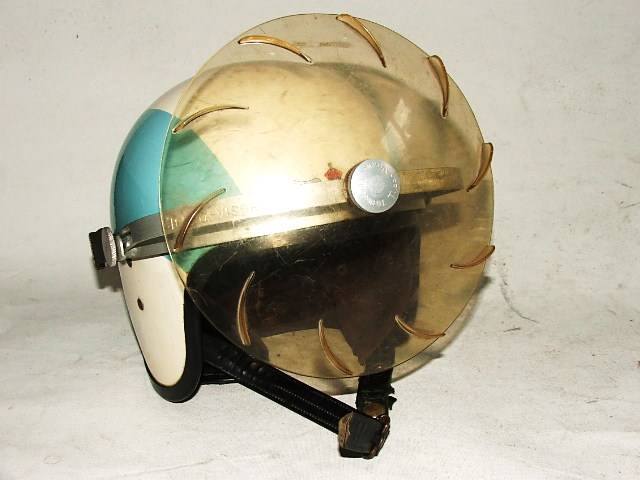Well, I still have not made my mind up how I am going in the design part of this ride, I thought I would use my phone and record a few sessions as I continue creating a machine that I personally like and want to use and I am sure that it will go through […]
Tag Archives: rickman
Rob Rhind Tutt started making his RT3 frames in the early sixties. They were produced in motocross and road race variants and were a contemporary of the Rickman Mk 3 scrambles frames. They look very similar to each other due to the fact that the fiberglass fuel tanks mudguards and saddle/airbox units were designed and manufactured by the same […]
As a kid, I used to think that this was nuts even then and now, well how frigging crazy is this invention to see, I cannot imaging the distraction from the noise of this circular Buzz saw that screams around at the speed of sound to “Fling” off any H2O that maybe sitting on the […]
Well, back in 2007 I was lucky enough to have not One , but Two Seeley Honda’s and this one I am featuring was a really sweet ride and one of the last ever made by Colin Himself. I saw Colin at Snetterton race track back in 1977 as this was […]



